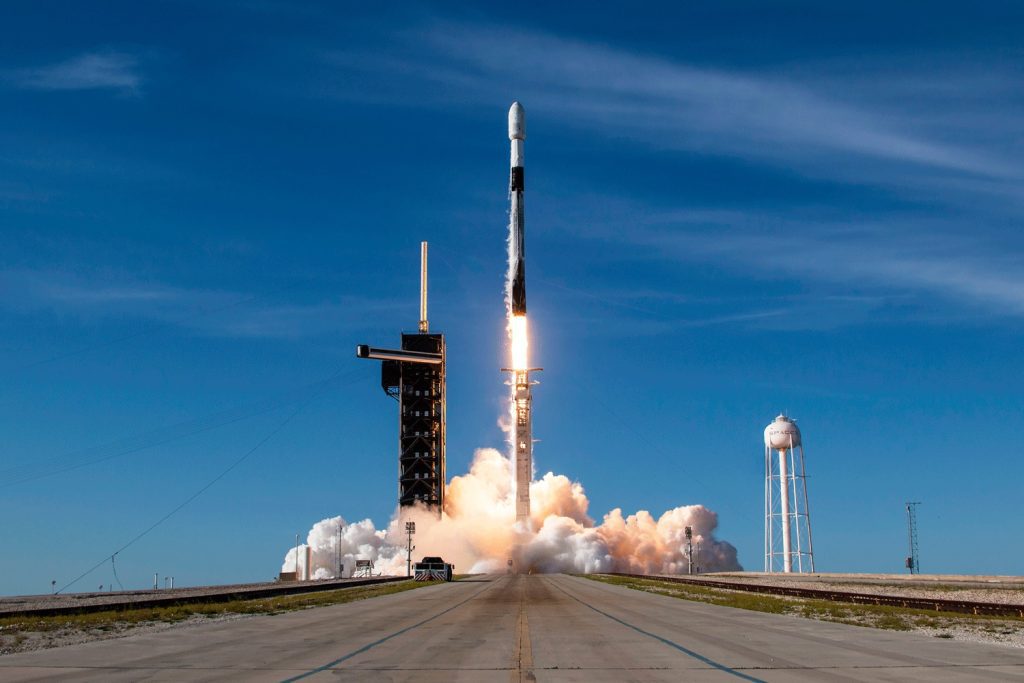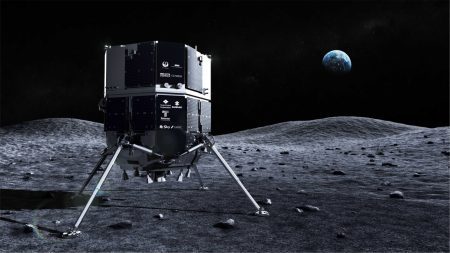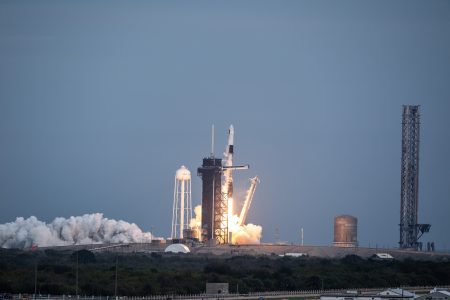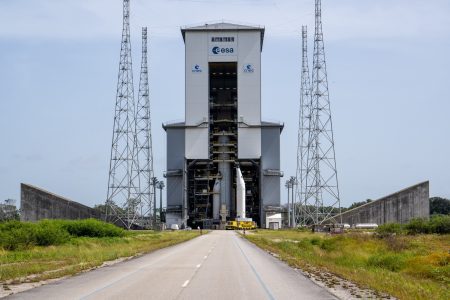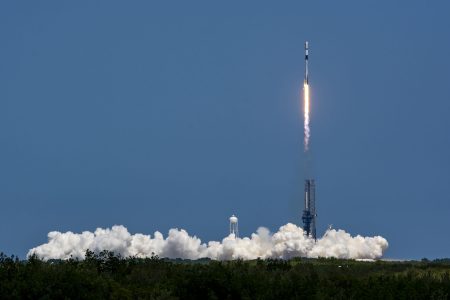TAMPA, Fla. — SpaceX launched Eutelsat's newest satellite on March 30. The satellite will take about half a year to reach its position over Africa and Eurasia.
A Falcon 9 rocket launched the Eutelsat 36D satellite, weighing around 5,000 kilograms, from Kennedy Space Center in Florida at 5:52 p.m. Eastern time. The satellite was placed into a geostationary transfer orbit 34 minutes later.
Eutelsat 36D is based on the all-electric Airbus Eurostar Neo platform and has 70 physical Ku-band transponders. It will provide TV and government connectivity services from 36 degrees East and replace the aging Eutelsat 36B satellite.
Eutelsat's CEO, Eva Berneke, stated that the Eutelsat 36D is expected to begin commercial services in the second half of 2024.
The satellite will be placed near Ekspress-AMU1, also known as Eutelsat 36C, which is operated by Russia's RSCC. Eutelsat 36D will be co-located with this satellite, which has faced sanctions amid Russia's war in Ukraine. caught up in sanctions amid Russia's war in Ukraine.
This launch anniversary celebrates the rocket's first stage landing as planned on a droneship in the Atlantic Ocean, marking the 273rd time SpaceX has returned a Falcon 9 booster for reuse.
SpaceX launched its first reused Falcon 9 booster for a customer seven years prior in a mission for SES of Luxembourg on March 30, 2017.
Eutelsat 36D launch also marked SpaceX’s 30th mission this year. But less than four hours later, SpaceX launched a batch of satellites for its Starlink low Earth orbit (LEO) broadband constellation from a nearby pad at the Cape. SpaceX had planned to launch another set of Starlink satellites on March 30 from Vandenberg, California, but canceled this mission due to poor weather.
Additionally, Eutelsat operates a network of over 600 LEO satellites after purchasing OneWeb last year.
The company aims to have completed 90% of the ground network OneWeb needs for full global services by the end of June.
Eutelsat believes that having multi-orbit capabilities will give it an advantage over single-orbit constellations like Starlink by offering network redundancy and flexibility to enterprise and government customers.
SpaceX launched Eutelsat's latest geostationary satellite on March 30, which is expected to reach its position over Africa and Eurasia in about half a year.
The company expects to have completed 90% of the ground network OneWeb needs for full global services by the end of June.
According to Eutelsat, multi-orbit capabilities will give it an edge over Starlink and other single-orbit constellations by offering enterprise and government customers extra network redundancy and flexibility.





